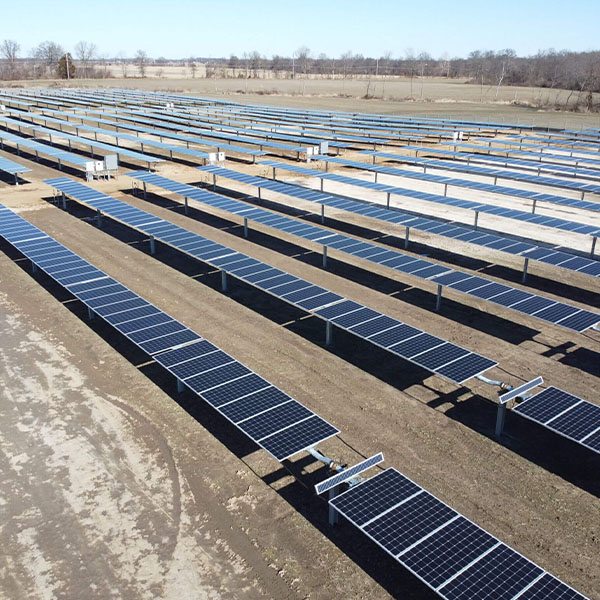MISO convened a special meeting last week on its plan to downsize the number of projects allowed in its generator interconnection queue.
Since last month, the RTO has pared down proposed fees for projects to enter the queue and penalties assessed upon dropping out.
MISO intends to place an annual megawatt limit on project proposals, collect higher entry fees, enact escalating penalty charges and require developers to verify they have obtained land. RTO planners have said the plan will ensure that only the most prepared projects will have a spot in the queue and reduce speculative projects that drop out and gum up network upgrade studies. (See MISO Sticks with MW Caps, Higher Fees to Pare Down Queue Requests; MISO Aims for Manageable Interconnection Queue.)
Now, the grid operator has cut back its first milestone fee paid to enter the queue from a proposed $10,000/MW to $8,000/MW. The fee currently stands at $4,000/MW; MISO first proposed to increase the fee to $12,000/MW in summer.
“We don’t plan to lower it any more. We think 8K is on the low end,” MISO’s Andy Witmeier told stakeholders.
Witmeier also said MISO has lowered its automatic penalty schedule so it can hold onto 10% instead of 25% of the first milestone fee at the queue’s first decision point and 35% instead of 50% by the second decision point.
The remainder of MISO’s automatic penalty structure proposal remains unchanged for the final two penalty points. A developer will still risk 75% by the time their project reaches the third and final phase of the queue and, finally, 100% if they drop out during the negotiation stage of the generator interconnection agreement.
Witmeier said MISO supports interconnection customers deciding to withdraw their projects as soon as they know they’re infeasible rather than lingering in the queue.
“I think we’re honing in on a really good proposal that we can bring to FERC in October,” Witmeier said.
MISO’s interconnection queue now stands at more than 240 GW across more than 1,400 projects.
MISO has a goal to file before the end of October, so its proposal is registered with FERC before the commission’s Order 2023 takes effect Nov. 5. Although MISO considers its proposal separate from Order 2023, the grid operator isn’t certain how the final rule will interact with the tightening of the MISO queue.
However, MISO still is working out how it will calculate its yearly megawatt cap on interconnection requests.
“We all agree we have a math problem here” in terms of how many projects MISO can realistically study, Witmeier said.
He added that MISO’s cap will include a “safety valve” feature that will allow developers to exceed the cap when projects are intended for load serving obligations, have a power purchase agreement, are an approved generator replacement facility or when projects simply are requesting to convert their unguaranteed level of interconnection service to firm service.
Consulting firm Charles Rivers Associates (CRA) reached similar solutions to help control MISO’s queue stampede.
MISO enlisted the help of CRA to review independently how MISO can best cut down on both its queue size and rate of withdrawals.
CRA concluded MISO should raise its first milestone fee from $4,000/MW to anywhere from $10,000 to $14,000/MW, install queue entry caps and enact an escalating fixed penalty schedule and a minimum penalty at every stage for withdrawing projects.
“After years of remaining relatively stable, the MISO queue has inflated to unmanageable levels in recent years,” CRA’s Margarita Patria said.
Patria said CRA’s recommendations strive to incentivize customers entering the MISO queue only after “really careful consideration.”
Patria said there “should be some consequences” for withdrawing projects because it’s a reality that withdrawing projects negatively impact other projects, even though the dollar amount is difficult to quantify.
Witmeier said MISO agrees its “pre-queue activity” needs to improve, as stakeholders have suggested. He said MISO plans to improve its existing point of interconnection tool to consider active interconnection requests and give developers a better idea of the feasibility of their projects.
He also said MISO plans to hold more informative scoping discussions with developers, use advanced analytics to share data on projects progressing in and exiting the queue alike and is considering using interactive AI chat bots to answer developers’ questions about MISO’s queue rules.



